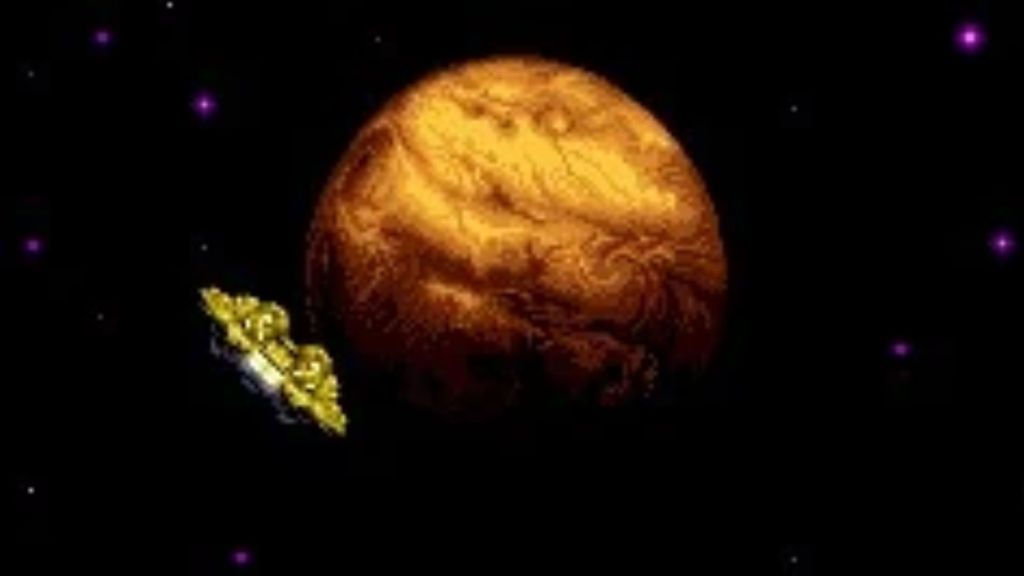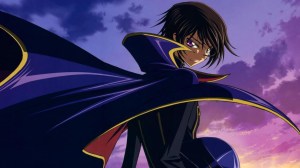When we think of the Metroid games, naturally protagonist Samus Aran is the first character who comes to mind. But her enemy, the dragon-like Ridley, is nearly as ever-present. He has not appeared in every Metroid game, but is a recurring character who has shown up in all but a few of Samus’s adventures. Ridley has had many forms and many roles in the Metroid series, making him a familiar figure to fans.
Videos by ComicBook.com
Ridley is an interesting figure in Metroid. He has appeared in many forms, returning even after being defeated in prior games. Typically, he’s some kind of dragon character, but who can forget his infamous appearance as the Other M? With all those cloning and regenerations, Ridley’s lore is pretty complicated. And then, there are the true deep cut trivia facts that even many fans may not know about this familiar Metroid character.
4. He’s Been Present In Every Super Smash Bros. Game

Though Ridley has missed a few Metroid games, the dragon-like creature makes sure to show up for every rendition of Smash Bros. Though he wasn’t a playable character until Ultimate, Ridley has at least made a cameo in every game since the original Super Smash Bros. There, he appeared as a cameo in the background of the Zebes stage.
In Super Smash Bros. Melee, Ridley and Samus do battle in the game’s opening scene. His role gets a bit more robust in Brawl, where Ridley and Meta Ridley both appear as Boss Battles in the Research Facility and Subspace Bomb Factory (Part II) levels respectively. In Super Smash Bros. for Wii U, Ridley is both a boss and makes his first appearance as a trophy.
3. According to the Manga, He Can Talk

Ridley has never been given any dialogue in-game. So, fans who know Metroid through the games alone might not know that he’s actually pretty chatty in the Metroid manga. To be fair, dialogue from Space Pirates in Metroid games is pretty rare in general, so it’s not too surprising Ridley doesn’t have much to say.
Because Ridley has dialogue in the manga, a lot of his lore and backstory is explained here. Fans debate whether what he reveals about himself there is canon to the games, but it certainly is an interesting way to flesh out this recurring character. Whether he will return in Metroid 4 and finally get actual dialogue remains anyone’s guess.
2. He Has Regenerative Powers

As with any video game boss, it’s a bit baffling how Ridley manages to keep showing up after he’s defeated time and again. The games make some stabs at explaining this, with his Meta Ridley form featuring cybernetic enhancements and later cloning shenanigans. But the manga offers another explanation for how he’s able to keep on coming back.
In the Metroid manga, Ridley tells Samus that he can regenerate. Specifically, he does this by eating flesh, something he explains to Samus rather horrifically in the manga. This means he does more than just lick his wounds when he escapes those final boss battles. The original Ridley is very well and dead by the later games in the series, but part of why he’s able to hang around so long is supposedly through these special powers.
1. His True Origins

Ridley’s origins aren’t really ever fully explained in the Metroid games. Before becoming a Space Pirate, Ridley’s life is a mystery. We also never learn what species he is, as no other characters like him appear in the games. The manga does include one other member of his species, but their kind is never named. However, early game material does give us one note about where Ridley comes from.
In the Metroid game manual, Ridley is named as “the original lifeform of Zebes.” This suggests he is both quite ancient and originally from the planet Zebes, where Samus was raised. However, this detail has not been mentioned again in any subsequent game materials. So, much like the tidbits from the manga, its true canon status remains up for debate. But in my book since it was stated in official game materials, it counts.








